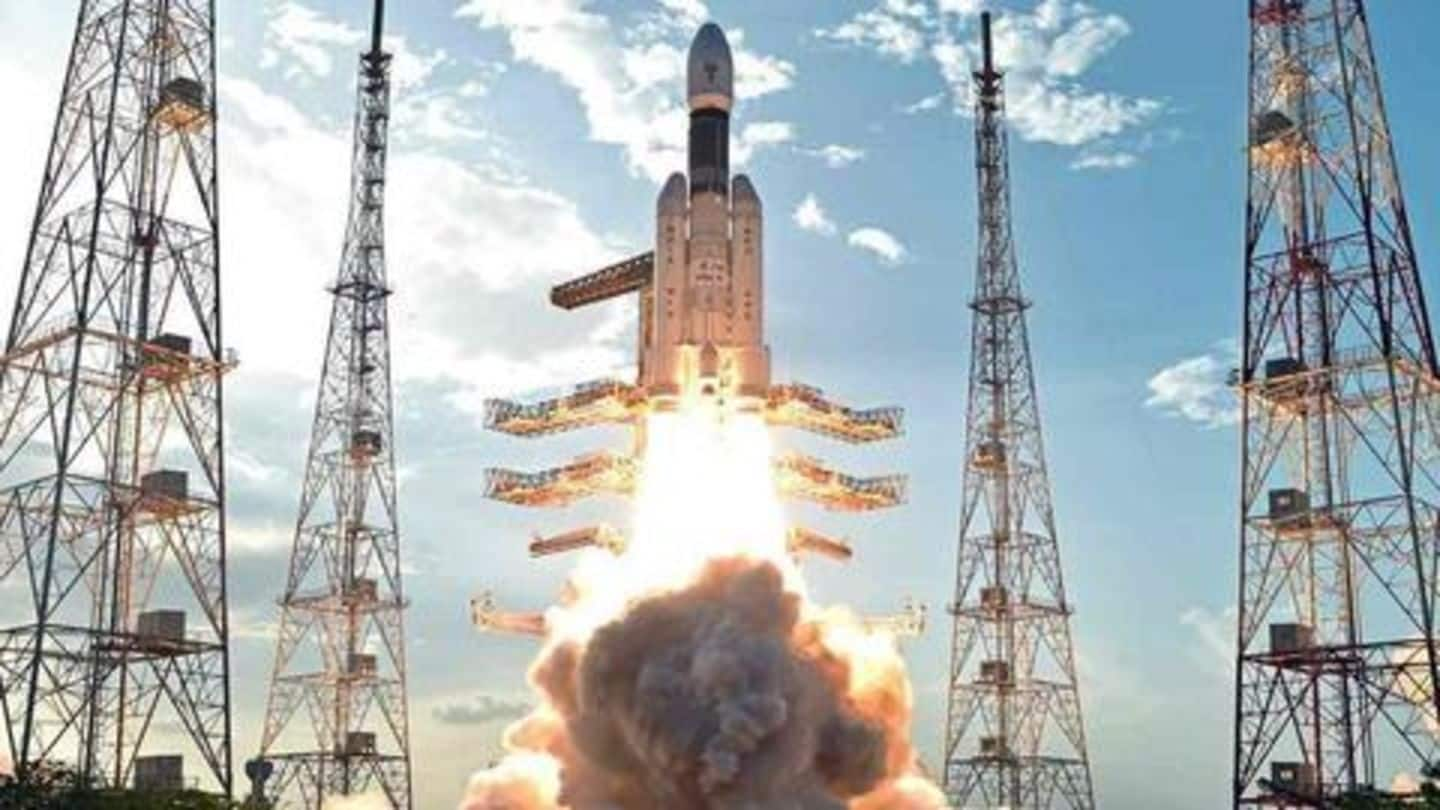
Chandrayaan-2: First look at ISRO's Moon orbiter, lander, rover
What's the story
On July 15, the Indian Space Research Organization (ISRO) will launch Chandrayaan-2, our country's second-ever mission to the Moon. The project will deliver a lander, rover, and orbiter to the satellite, marking a major step forward for the Indian space program. And now, thanks to the space agency, we're getting the first good look at all three components of the mission. Here's more.
Images
First images of Chandrayaan-2 released
ISRO has released a series of images showcasing the orbiter, lander, and rover component of Chandrayaan-2. As NDTV reports, the lander, aka Vikram, sits atop the orbiter element, while the rover, which has been named Pragyaan, rests inside the lander. The entire structure, when fully integrated, weighs around 3,300Kg and has been wrapped in a golden film to bear extreme temperatures in space.
Flight
Chandrayaan-2 will take nearly two months to reach Moon
Chandrayaan-2 will launch at 2:51 am on July 15 and reach the Moon on September 6 - after nearly two months of flight. After reaching, the craft's Orbiter will stay in the lunar orbit, some 100km from the surface, while the Lander will soft-land near the south pole of the Moon, a territory that has never been visited by any spacecraft.
Mission
Then, the rover will roll out
Once the Lander settles on the surface, the six-wheeled rover will roll out and explore the lunar South Pole, the place where ice is concentrated. It will stroll in the region for about 300-400 meters and conduct several experiments, including chemical analysis of the lunar soil, using onboard equipment. Meanwhile, the lander will study Moonquakes and surface temperature among many other things.
Instruments
In all, 13 payloads are going to the Moon
Chandrayaan-2's lander and rover components will have as many as 13 scientific payloads for conducting experiments and taking images on the Moon. The orbiter, on the other hand, will serve as a communication relay between ground stations and the lander. It will also handle the job of imaging the lunar surface and mapping its minerals from the orbit.